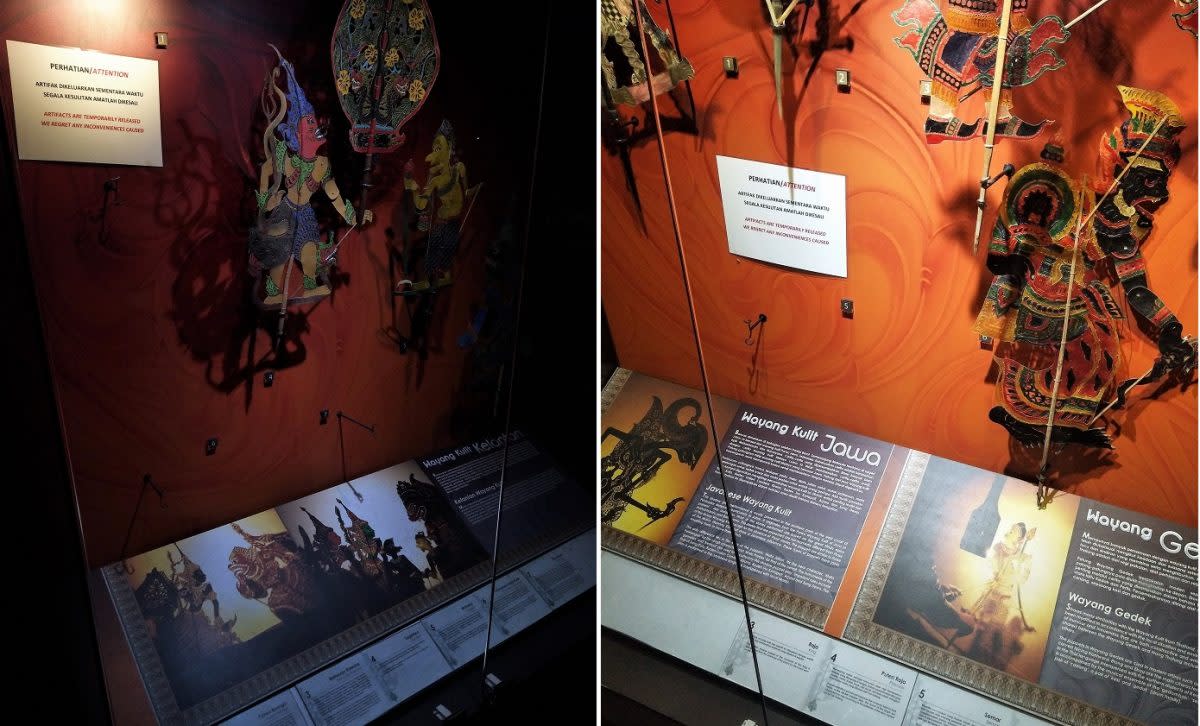Challenges and strategies in safeguarding intangible cultural heritage

Intangible cultural heritage is an ephemeral phenomenon, a victim of changing lifestyles, tastes, and beliefs.
This is due to the advancement of knowledge and technological development that have changed the socio-cultural matrix of life by challenging traditional mores, norms, values, and wisdom, and thus have impacted the premise and relevance of the intangible cultural heritage.
As a result, the traditional intangible heritage has been undermined, some of which have gone into oblivion and lost forever. Others have succumbed to structural and aesthetic changes that affect their purity and artistic character.
The challenges facing the existence of intangible cultural heritage in Malaysia are as follows:
1. Changes in the belief system. A major segment of the intangible cultural heritage is animistic based. When the tribal community embraces other belief systems (religions) such as Christianity or Islam, it inadvertently undermines the ritualistic expressions of the animistic systems, thus affecting the sustainability and existence of the animistic-based intangible expressions. They become secularised and lose the urgency and imperatives of expression as an integral part of the communal beliefs.
2. Competition from modern/Western forms of artistic secular expressions through electronic and digital media has adversely affected the relevance and imperatives of traditional intangible cultural heritage.
3. Urbanisation encroaches and destroys the geographical space and spiritual ambience of the connection between the intangible cultural heritage and the environment. It undermines the physical and spiritual ecosystem that sustains the traditional intangible cultural heritage.
4. Over-commercialisation of intangible cultural heritage as a tourism product would have a negative impact on the aesthetic integrity of these expressions.
5. The lack of economic dimension that could sustain these intangible cultural expressions poses a threat to their survival.
6. Climate change affects the sustainability of intangible cultural heritage. For example, climate change that causes the depletion of the forest or other physical features may adversely impact rituals and practices that are linked to such natural environments.
7. Man-made activities such as logging, clearing the forest cover, and destroying the habitat of the fauna.
The Sarawak Kenyalang bird species have been reduced because logging is affecting their nesting habitats.
To safeguard and sustain this intangible heritage, the United Nations Educational, Scientific and Cultural Organisation (Unesco) enacted the 2003 Convention of Safeguarding the Intangible Cultural Heritage. Member states are urged to identify the intangible cultural heritage items that need safeguarding and to propose to Unesco for inscription.
Once they are formally inscribed, it becomes the responsibility of the member states to devise strategies based on local needs and sensitivities to ensure their existence as living traditions. Among the measures that should be implemented to secure this objective are:
1. Develop the ecosystem that protects and sustains the intangible heritage – provide financial support and physical infrastructure to sustain and promote the intangible cultural heritage.
2. Disseminate the elements of intangible cultural heritage through formal and informal educative processes.
3. Create and enhance the economic dimension of the intangible cultural heritage. Create self-generating income for groups to sustain their intangible cultural heritage activities.
4. Encourage a mindset that cherishes, values, and respects intangible cultural heritage.
5. A proactive national cultural policy that safeguards, sustains, and energises the intangible cultural heritage, as a living heritage must be legislated.
6. Community advocacy and engagement is crucial in safeguarding the intangible cultural heritage. For it is the community that nourishes these expressions to maintain a vibrant presence. Safeguarding this intangible cultural heritage would not be effective if is managed from top to bottom. The official directives may not conform to the traditional ethos of the community.
7. Inventory of all intangible cultural heritage expressions. The documentation would serve to increase and disseminate knowledge on these intangible cultural heritage expressions. Besides being used as reference and teaching material, it is also an archival repository for the benefit of future generations.
8. There is a need for heritage-sensitive urban planning. Uncontrolled urban development can threaten living heritage, for rapid urbanisation destroys spaces associated with living heritage such as performance spaces, religious venues, festivities, and parks ecosystems that sustain and foster social cohesion through various forms of expressions and practices.
This genius of humanity is a treasure trove of past glories of aesthetic and functional expressions that adorn the civilisations of yore that need to be preserved to understand the past and act as a guide for the future of humanity.
The views expressed here are the personal opinion of the writer and do not necessarily represent that of Twentytwo13.
The post Challenges and strategies in safeguarding intangible cultural heritage appeared first on Twentytwo13.


